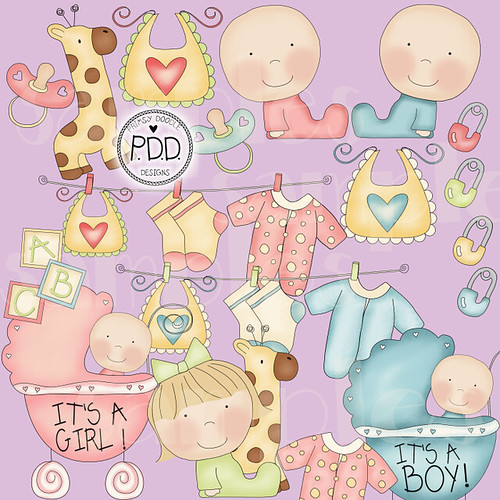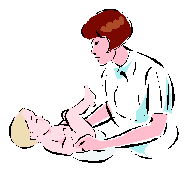It is inevitable that people get sick for various reasons. Several factors would include poor eating habits, unhealthy environment, lack of exercise, unhygienic practices, change in weather, refusal to medical adherence and so on. Any of these can alter our body's functioning to carry out our day to day activities. Hence, we need to be on guard in every possible way although there is no such thing as 100% guarantee. To combat present ailments, medicines are created by intelligent minds and creative human hands but today I would like to talk more of God's given resources which are economical in nature and readily available. Yes it is none other than herbal medicines.
Herbals are collection of plants for medicinal purposes. In a community setting where money is often a problem, alternatives to prescribed medicines are being advocated to ensure health for all individuals. In the Philippines, the Department of Health (DOH) advocated and endorsed the ten most common and acceptable (10) medicinal plants which are:
1. Sambong - ( Blumea balsamifera)
Uses and Preparation:
> Good for headache and fever - Apply crushed and pounded leaves on forehead and temples
> Used as diuretics - Boil chopped leaves in a glass of water for 15 minutes until one glassful remains. Divide decoction into 3 parts, drink one part 3 times a day.
> For cough
2. Acapulco - ( Cassia, alata L.)
Uses and Preparation:
> Anti-fungal (tinea flava, ringworm, athlete’s foot and scabies) - Fresh, matured leaves are pounded. Apply soap to the affected area 1-2 times a day.
> Mouthwash in stomatitis – Soak and boil for10 – 15 minutes.
3. Niyug - niyogan - ( Quisqualis indica L.)
Uses and Preparation:
> Anti-helmintic - The seeds are taken 2 hours after supper. If no worms are expelled, the dose may be repeated after one week. (Caution: Not to be given to children below 4 years old)
> Relieve toothaches – Fruits
4. Tsaang Gubat - ( Carmona retusa)
Uses and Preparation:
> Diarrhea - Boil chopped leaves into 2 glasses of water for 15 minutes. Divide decoction into 4 parts. Drink 1 part every 3 hours
> Stomachache - Boil chopped leaves in 1 glass of water for 15 minutes. Cool and strain.
5. Ampalaya
Uses and Preparation:
> Diabetes Mellitus (Mild non-insulin dependent) - Chopped leaves then boil in a glass of water for 15 minutes. Do not cover. Cool and strain. Take 1/3 cup 3 times a day after meals.
> Disinfects and heals wounds and burns – Apply warm leaves to afflicted area.
> Remedy for cough and fever – Drink juice a spoonful daily.
6. Lagundi - ( Vitex negundo)
Uses and Preparation:
> Asthma, Cough & Fever - Decoction ( Boil raw fruits or leaves in 2 glasses of water for 15 minutes)
> Dysentery, Colds & Pain - Decoction ( Boil a handful of leaves & flowers in water to produce a glass, three times a day)
7. Ulasimang Bato/Pansit-pansitan - ( Peperonica pellucida )
Uses and Preparation:
> Lowers uric acid (rheumatism and gout) - One a half cup leaves are boiled in two glass of water over low fire. Do not cover pot. Divide into 3 parts and drink one part 3 times a day
> For skin disorders like abscesses, pimples and boils – Pound the leaves and/or stalks and make a poultice. Boil in water for a minute or two then pounded then applied directly to afflicted area.
8. Bawang/ Garlic
Uses and Preparation:
> Hypertension - Maybe fried, roasted, soaked in vinegar for 30 minutes, or blanched in boiled water for 15 minutes. Take 2 pieces 3 times a day after meals.
>Toothache - Pound a small piece and apply to affected area
9. Bayabas / Guava - ( Psidium guajava L.)
Uses and Preparation:
> For washing wounds - May be use twice a day. Fresh leaves may be applied to wound directly for faster healing.
> Epistaxis – Densely roll bayabas leaves then place in nostril cavities.
> As gargle and for toothache - Warm decoction is used for gargle. Freshly pounded leaves are used for toothache. Boil chopped leaves for 15 minutes at low fire. Do not cover and then let it cool and strain. Leaves can also be chewed for toothache.
> Uterine hemorrhages, swollenness of legs and other parts of the body
10. Yerba Buena - ( Mentha cordifelia)
Uses and Preparation:
> Pain (headache, stomachache) - Boil chopped leaves in 2 glasses of water for 15 minutes. Divide decoction into 2 parts, drink one part every 3 hours.
>Rheumatism, arthritis and headache - Crush the fresh leaves and squeeze sap. Massage sap on painful parts with eucalyptus
>Cough & Cold - Soak 10 fresh leaves in a glass of hot water, drink as tea. (expectorant)
In decoction, it is advisable to use clay pot without covering. It has a lifespan of 2 days and for it to last for a week, 1 cup of decoction may be added with 5 tbsp. of sugar. Presto! You now made a herbal syrup.






























































